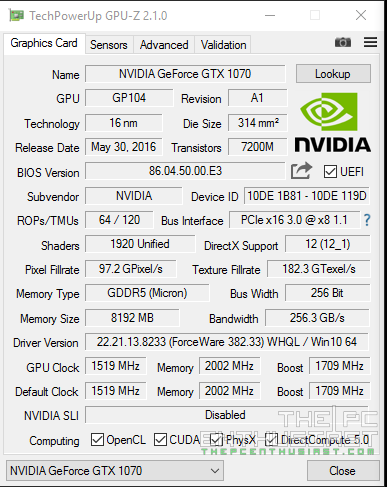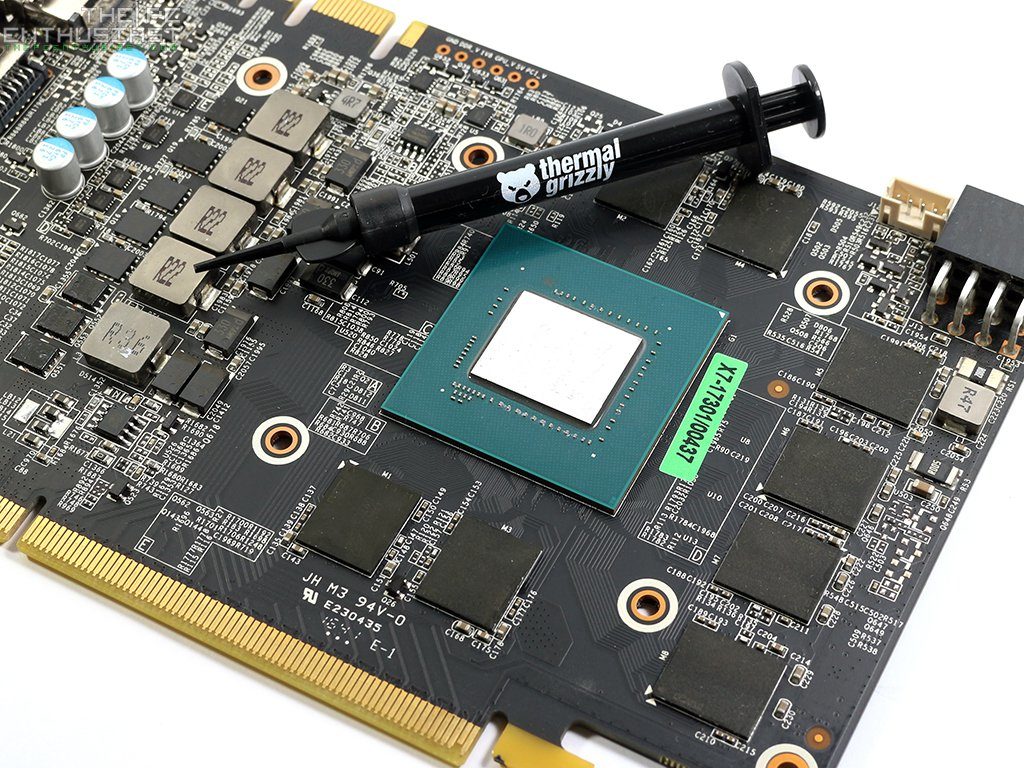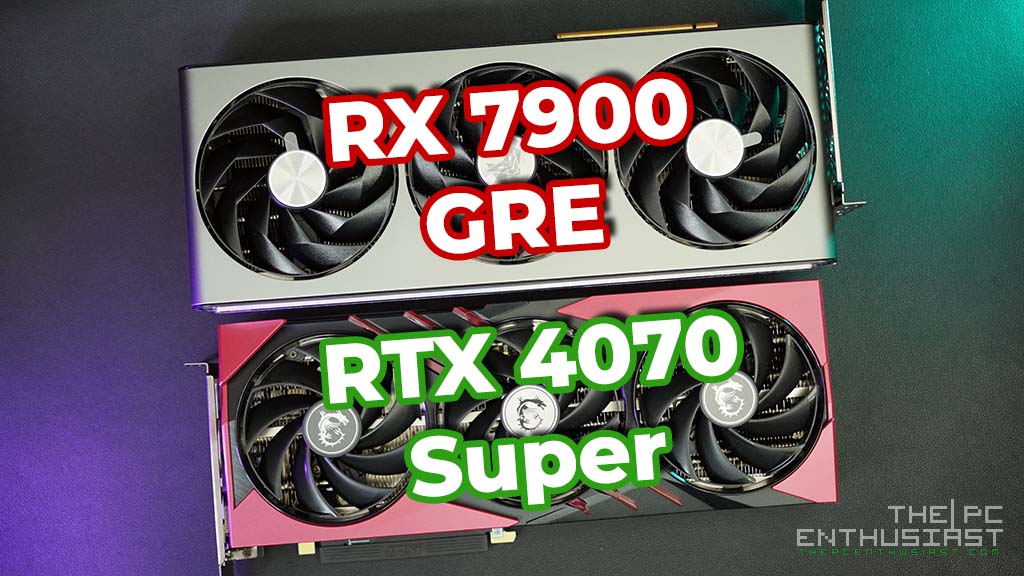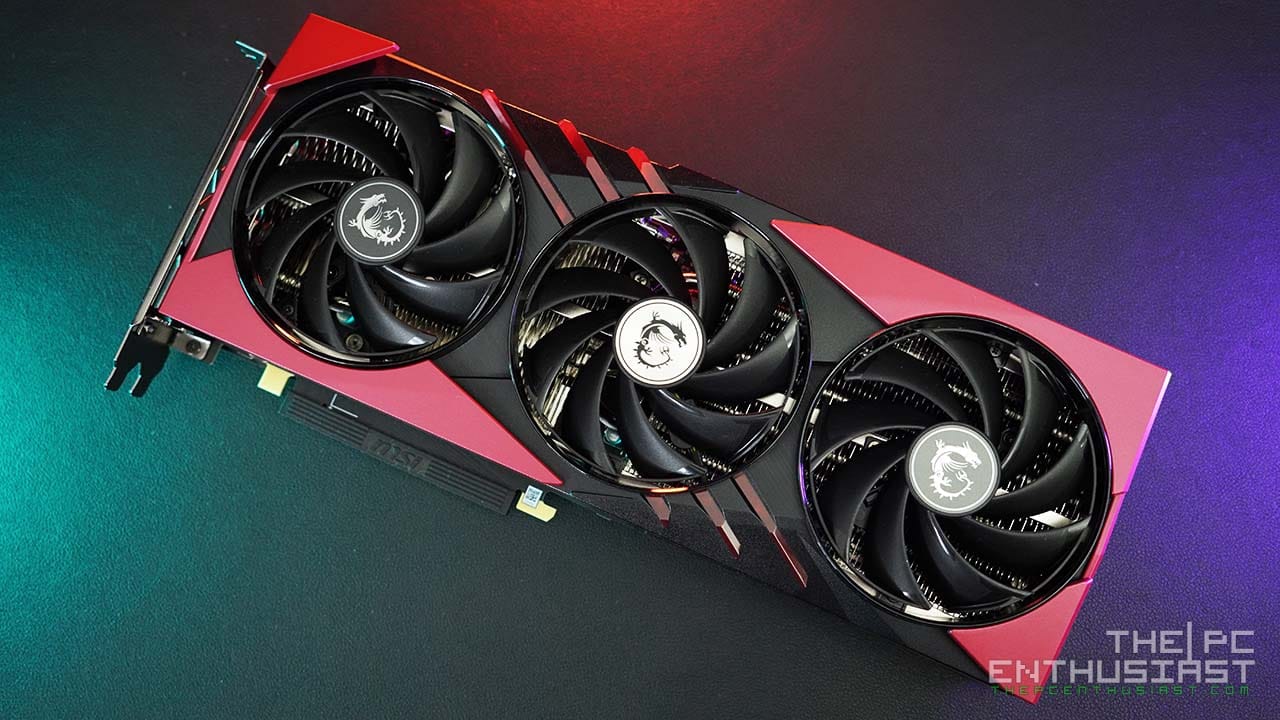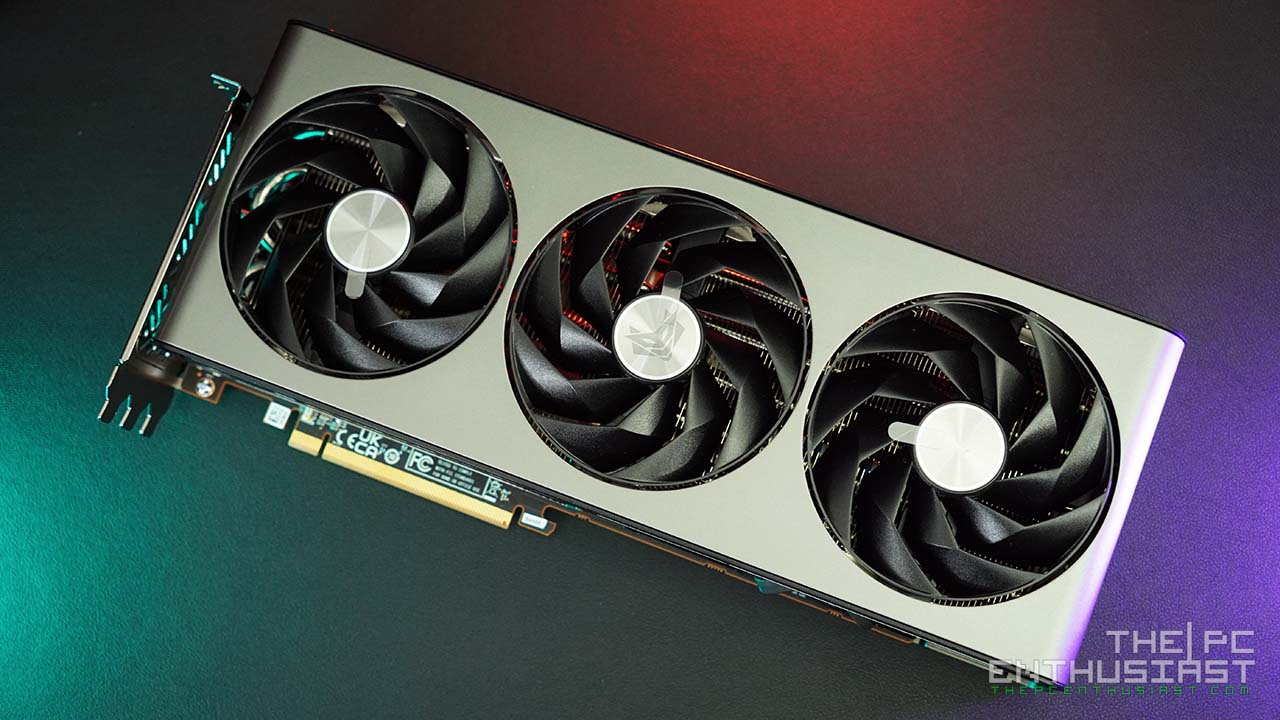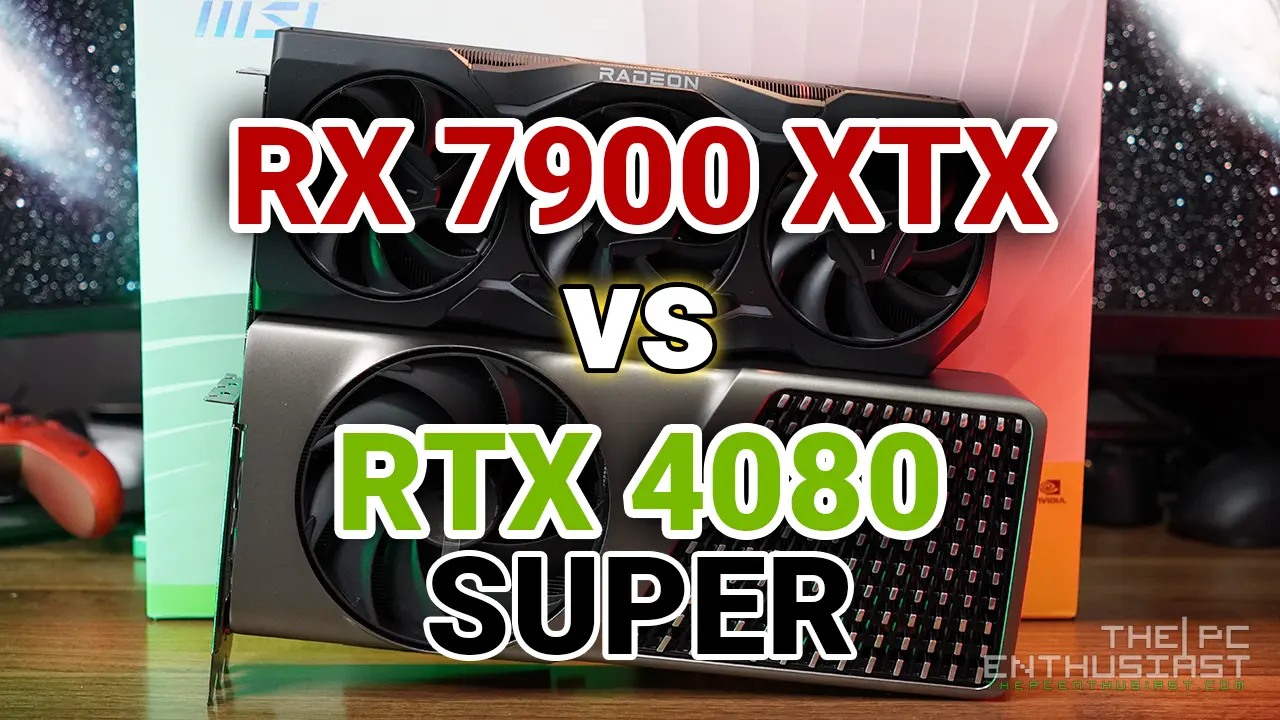GALAX GTX 1070 KATANA Test Setup
In testing and benchmarking the GALAX GeForce GTX 1070 KATANA, I am using a Gigabyte Z170X Gaming 7 motherboard powered with an Intel Core i7-6700K processor, overclocked to 4.5GHz. Overclocking the CPU to 4.5GHz should be on par or at least performs similar with the newer Core i7-7700K at stock. Below are the rest of the system specifications:
Operating System: Windows 10 Pro 64bit
Motherboard: Gigabyte Z170X Gaming 7
Processor: Intel Core i7-6700K @ 4.5GHz
CPU Cooler: Cryorig A40 Ultimate All-in-One
Memory: Corsair Vengeance LED DDR4-3200MHz 32GB
Graphics card: GALAX GTX 1050 Ti EXOC White 4GB
Storage Drives: Zotac Sonix 480GB NVMe SSD, WD Blue SSD
Power Supply: FSP Aurum PT 1000W
Chassis: DimasTech Bench Table Easy V3.0
Below is a GPU-Z screenshot of the said graphics card:
During my tests and benchmarking, I was using the GeForce driver version 382.33 for Windows 10 64bit. All games are tested in three resolutions, namely: 1920×1080 or full HD, 2560×1440 or WQHD and 3840×2160 or 4K ultra HD.
GALAX GTX 1070 KATANA Temperature and Noise
I was surprised to see that the idle temperature of the Galax GTX 1070 KATANA was just around 36° to 38° degrees Celsius. I tried to do some desktop operations like word processing, photo editing, browsing the internet, watch some YouTube videos, and even played several HD videos. The temperature was just playing below 40° degrees Celsius. When I started to play some games, that the time when the temperature started to increase (significantly).
On full load, and running continuously for around half an hour, I was getting around 83° degrees Celsius. The fans are still set to auto and the fan speed is just hovering around 65%. You can also see from the screenshot below (left) that the clock speed is definitely throttled (down) to keep the card from overheating. I thought the fan speed would automatically go higher than 65%, but I think that is the limit set on auto mode.
I tried to increase the fan speed up to 85%; the temperature was pretty much the same, 82° to 83° degrees Celsius. However, by increasing the fan speed, I noticed that the GPU is no longer throttled and I was getting a boost clock speed of around 1733.5MHz (screenshot on the right side below).
In terms of noise, when you let the fan to run at auto (up to 65%), the GTX 1070 KATANA runs silent. It’s surprisingly silent considering that it is a blower type design; almost inaudible if you have a closed case setup. Increasing the fan speed up to 85% or 90%, the fan starts to become audible. However, it’s not as (obnoxiously) loud compared to the blower fan on my RX 480 when the fans are also increased to the same speed.
Since I already disassembled the GTX 1070 KATANA, I replaced the stock thermal paste used with Thermal Grizzly’s Conductonaut. This is a liquid metal type of thermal compound and I find it to be very effective compared to the usual or stock thermal paste. When I started to stress the graphics card again, this time with the Conductonaut, I was surprised to see that there were no changes (drops) on the temperature. I was getting the same reading as before; hovering around 83° degrees Celsius.
I could only think of two things; the thermal paste that Galax used was already doing great and that is pretty much the limit or maximum performance we can squeeze out from the copper heatsink. The only thing we can do is to increase the fan speed so that we can get better boost clock speeds.
Let’s proceed to the next page and see if we can still overclock this graphics card further.


